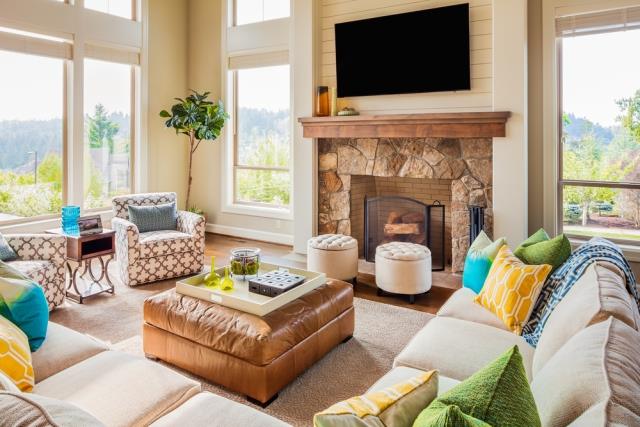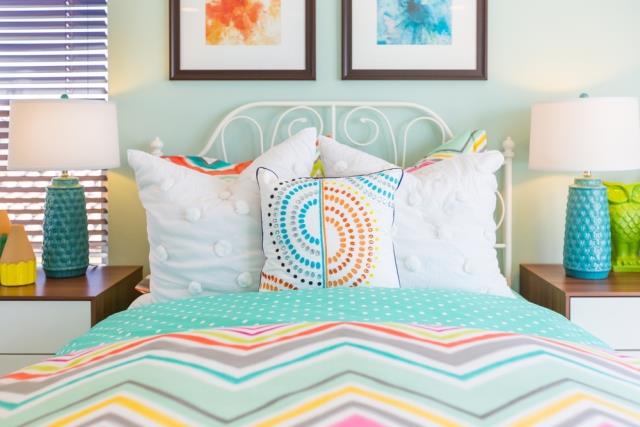Decorating your home with patterns can be a bit confusing, especially if it's not something you're particularly good at. Here’s a quick guide…
A mood board or colour palette
Creating a mood board or colour palette for any project is important, and should be your first step when decorating a room.
Start with your neutral hues, whether you use greys or warm taupes, and then add colour and pattern that will be layered on top of this.
Stick with a narrow colour palette if you're new to decorating. This process can help unite different styles of patterns because they have something in common.
In this way, you can look at how colours and patterns work together, switching out what doesn't work in the planning stage. Layers of colour and pattern can give any room a sense of complexity and depth.
Choose interesting patterns that work
You don't want your decorating scheme to be too ‘matchy-matchy’, so use a combination of small and large patterns, and prints combined with different styles. For example, you can pair floral fabrics with an attractive design.
When you make use of patterns that are all the same size, your eye reads them all as the same. By creating a hierarchy, there is a visual organisation that helps move your eye around a room.
Pattern elevates the ordinary
Remove all the pattern in the room so that you’re left with an ordinary space.
Using pattern is about creating balance and elevating ordinary rooms into something special.
A dining room, for example, can be elevated using geometric mosaic tiles on the floor.
Pattern as texture
Every room needs layers, which can be achieved by using various elements.
To create these layers, combine colour and pattern. You can do this using fabric with a small scale pattern. From a distance, this will come off as a textural element.
Incorporating pattern into a space shouldn't be intimidating. It is a personal choice and can reflect many aesthetics and moods.
Keep proportions in mind
When decorating a room, 40% to 60% should be patterned and the rest should be made up of textures and material differences.
Think about building your foundation with architectural details like the stripes of a laminated or wooden floor, the organic surface of stone, or the matt sheen on a tile surface. You can also use natural items like sisal rugs, rattan and other textural fabrics.
Article courtesy of www.home-dzine.co.za.










